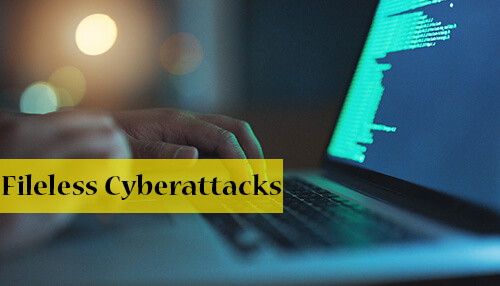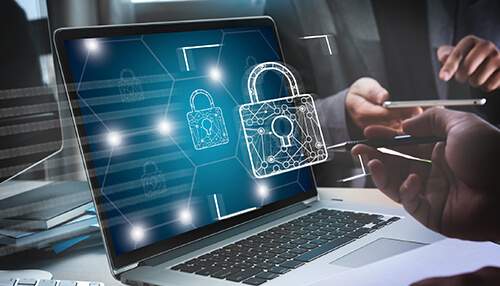Even as we prepare for the Web 3.0 revolution, security is a significant concern for most people. Hackers and malware have become the bane of individual users and big businesses.
While most cyber-attacks involve accessing the files on your computer system, there is specific ‘silent’ malware that is harder to avoid. These can circumvent the regular security protocols, making them operate much more subtly than other threats.
Throughout this piece, we’ll focus on such fileless attacks against computers and how to stay safe from them.
What are fileless cyberattacks?
A typical virus or malware occupies some space on your system so that it can operate using your system’s hard drive, RAM, and other hardware. Most firewalls and anti-virus applications are programmed to detect and remove suspicious files.
However, a fileless attack doesn’t involve any file transfer. It is usually an exploit for a connection or access to critical system components, such as the BIOS or PowerShell, that can compromise your data privacy or transfer the right of use in favor of the hacker. It is more prevalent today thanks to easy access to the internet and the lack of secure data transfer protocols in most households and public spaces.
It may sound like a high-tech threat from the future, but it has been around for a while. The Stuxnet virus is an excellent example of a fileless cyberattack, which got some serious attention. While it doesn’t occupy any space on your system, it can still delete files, overload networks, consume internet bandwidth, and open a backdoor for other kinds of trojans and rootkits to further infect the system.
Common threats your computer can face
Fileless cyberattacks can be of various types. Some common forms include the following.
DDoS Attacks
DDoS attacks use malware like the Stuxnet virus. It targets a specific service and denies it by overloading the servers or crashing the memory. These viruses are often self-contained and require no input from the hackers to disrupt the function. They usually have a targeting vector, such as the operating system or a programmable logic board, to spread to other systems.
Data routing
Fileless malware doesn’t have a file-based delivery system, which means that it can directly load onto the memory, making them highly lucrative for hackers to capture data. Phishing links are a typical example. Hackers can deduce specific passwords related to your banking and emails using keyloggers hidden in the links. Some common data routing viruses include Magic Lantern and Ardamax.
Access manipulation
A fileless attack can sometimes reconfigure your device’s settings, opening a backdoor for other more potent trojans to infect it. That can include marking certain spyware as safe or disabling the firewall for specific connections. Astaroth and Fireball are a couple of examples that manipulate access and permissions for your system.
Unauthorized surveillance
The digital devices you use often give away your real-life location and vulnerabilities. Thus, if any malware has access to your peripherals, hackers can keep a close eye on you without you knowing. They can then exploit this privacy intrusion for physical harm or use the data as a tool for blackmail.
How to ensure safety against fileless attacks
Even in such a bleak scenario, you can apply a few measures to secure your devices from getting infected with a fileless attack. Some of the most effective means are described briefly below.
Check all active connections on your network
If you use a personal router or fiber connection, you should check the number of devices connected to your network. It would be best to list every device in your household that runs on the same network and tally it with what the system shows. If there are additional devices, it is wise to block them and save yourself from a fileless attack. Of course, you may have to handle the neighbor who might come by requesting you to unblock their device.
Clean your web browser
Cookies and other trackers cumulate on your system the longer you surf the internet. These are often the access points for various kinds of fileless malware. So, cleaning cookies or trackers from your web browser’s settings is a good idea. You should repeat this process every few weeks.
Update your security regularly
Anti-virus companies and OS developers release regular updates to keep up with numerous exploits that come to their notice. That is why you should keep all notifications regarding the updates active, especially those that include security protocols.
Employ a VPN when using public Wi-Fi
Hackers could observe your data and passwords in real-time when connected to unsafe public Wi-Fi networks. You can throw them off your trail using a VPN for PC. It encrypts all incoming and outbound data, making it difficult for any fileless malware to relay exact information back to the culprits. Some Virtual Private Networks have additional security features, like blocking access to potentially dangerous websites. Such sites could be involved in distributing fileless malware threats.
Final thoughts
Digital security is diversifying as hackers are getting bolder with their approaches. Fileless attacks can be challenging to avoid, but you can restrict their occurrence by following the above-mentioned methods. Do you have any thoughts on securing digital devices? Let us know in the comments below.




